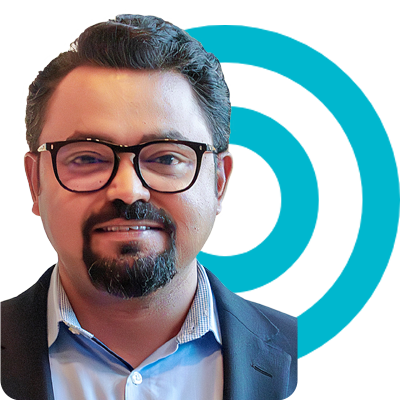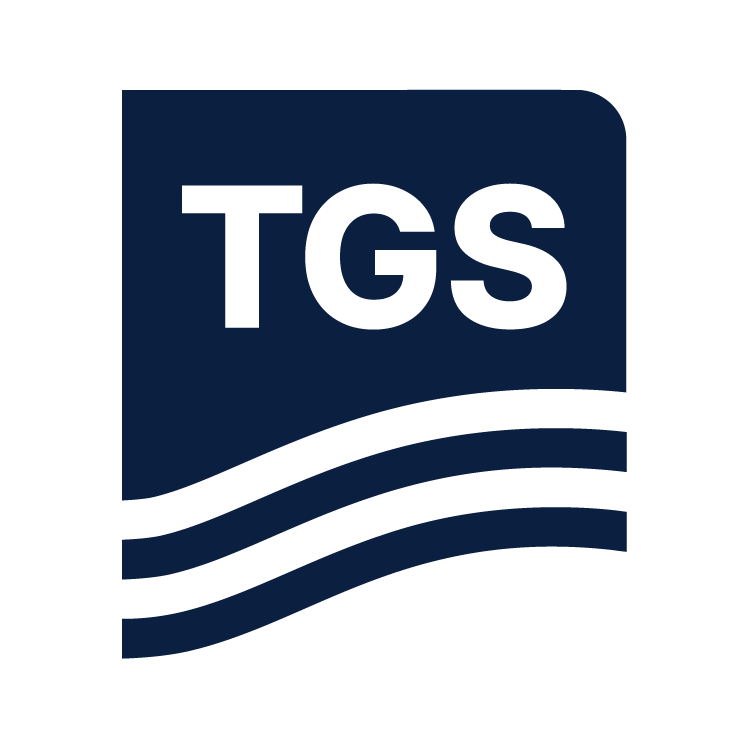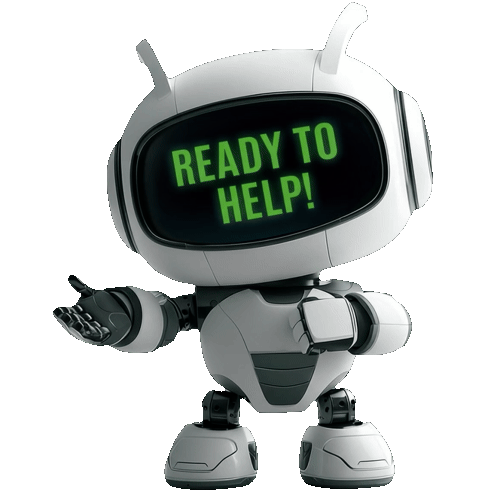Welcome to the GET2025 Offshore Wind Energy Conference
GET 2025 invites you to join us at the Offshore Energy Conference by EAGE Global Energy Transition, addressing the critical role of offshore wind energy in meeting global climate goals. According to forecasts by the IEA and IRENA, 2,000 GW of installed offshore wind capacity will be needed by 2050 to achieve net zero by 2050 (GOWA, 2023). The expectation is that the global installed offshore wind capacity would reach almost 500 GW in 2030, a significant increase over 2020 levels (IRENA, 2023).
From a geoscience perspective, innovative solutions to optimize seabed and subsurface characterization for offshore wind farms are essential. We will delve into topics such as geophysical acquisition, seismic imaging, data interpretation and integration, and geohazards assessments. The use of AI and machine learning in addressing the challenges in Offshore Wind will also be a focus.

Energy’s Future Unlocked
We encourage multidisciplinary dialogue within the industry to support the understanding of the regulatory frameworks and the role of geoscience to support environmental and archeological assessments in offshore wind.
“I am pleased to invite you to Rotterdam
…and share the GET experience with you and other professionals involved in the energy transition! A significant part of the energy transition process will come through how we perceive and address the challenges we face in offshore wind. The Offshore Wind Energy conference at GET 2025 will give us that much needed platform to delve into critical topics and engage in brainstorming, knowledge sharing sessions. I, therefore, welcome you all, to get together at GET 2025, to be a part of such discussions and to interact with brilliant minds from across academia and the industry. I am looking forward to it and to seeing you all there.

Seismic Business Development Manager at Fugro
Co-chair Offshore Wind Energy Conference
“I am pleased to invite you to…
… the EAGE GET Offshore Wind Energy conference in Rotterdam this year. We look forward to exciting discussions within our relatively young, diverse and expanding community to support the technical developments in site characterization for offshore wind energy. We will also be very keen to encourage knowledge sharing across the different disciplines with keynotes and dedicated sessions to strengthen the focus on addressing the challenges faced by this fast-growing industry.
I very much recommend this conference to geoscience and engineering professionals, technical specialists and researchers curious to gain more insights into the challenges and opportunities associated with the demand for efficient site characterization, geohazard assessment, risk mitigation and data science/AI in offshore wind.

Technical Expert, Norwegian Geotechnical Institute (NGI)
Co-chair Offshore Wind Energy Conference
Participant’s
Profile
Geophysicists, geologists, hydrographers, geotechnical engineers, environmental and numerical specialists from the offshore wind industry (developers, survey contractors, consultants) and academia will come together to exchange insights on the latest developments across the broad scope of offshore wind energy.
We are very keen to enable multidisciplinary knowledge sharing by inviting both geoscientist and non-geoscientist profiles to attend and contribute to provide experts insights into the various aspects of site characterization in offshore wind energy.
We encourage oral presentations and posters providing case studies of the geoscience value creation in offshore wind projects as well as insights into novel applications of existing techniques or new technologies for seabed and near-surface characterization.
Abstract Highlights Available for Free!
OFFSHORE WIND Energy CONFERENCE
EAGE is excited to offer a curated selection of conference abstracts, available free of charge. These abstracts provide valuable insights into the cutting-edge content that will be presented at the event.
Stay up-to-date with the latest research and developments by following our LinkedIn channel for daily updates on newly published articles. Alternatively, you can check this page regularly to explore the latest featured abstracts and stay informed throughout the conference season.
Authors; Mr Scott Griffiths¹, Mr Michael Noel¹
Affiliation; ¹Kraken Robotics
Summary; High voltage sub-seabed cables are becoming more common within seas around the world in the form of electrical interconnectors, offshore wind farm export and inter array cables.
This study focuses on the survey of the Viking Link interconnector cable between the UK and Denmark in the southern North Sea. Whilst an interconnector cable may not be directly linked to an offshore wind farm (OWF), the results of this study can be applied to OWF export and inter array cables. The Sub Bottom Imager™ (SBI) 3D acoustic profiler was used in conjunction with a Teledyne TSS 350 cable tracking system.
A 10 km comparison line was acquired to compare the TSS 350 top of product (ToP) data and the SBI ToP interpretation. The results of the comparison showed that the ToP from both systems had good alignment in both absolute depth and general cable trend.
Unlike an electromagnetic system, a 3D acoustic volume not only provides the position of the cable but also information on how the cable is interacting with the shallow soils. This can provide valuable information on why a cable has a varying burial depth and how to approach challenging shallow soils when it comes to trenching design.
Authors; Ms Lieselot Noppe¹, Ms Dieuwertje Kuijpers², Ms Morgane Ravilly¹
Affiliations; ¹GEOxyz, ² Stema Systems
Summary; Stema Systems and GEOxyz have worked together on the development of a 3D detection method for buried cables. The abstract gives an extensive overview of the theory, the system components and hardware functionalities, and the processing and interpretation workflows. The system has been tested on several projects, giving both companies better understanding of the systems strengths and operational limits, understanding how geological, sedimentological and cable installation methods can influence the detection possibilities and quality of the data. Based on these experiences, and linking this to the theory of sub-seabed acoustics, a roadmap has been developed for further improvement of the system. This roadmap covers both improvements on processing methodologies, and hardware upgrades.
Authors; Ms Emma Le Gall¹, Mr Benjamin Durot¹, Mr Benjamin Bellwald²
Affiliations; ¹Eliis, ²NGI
Summary; Offshore wind farm development is a critical component in the transition towards decarbonized energy production. Studies prior to geo-engineering operations include geohazard assessment to avoid failure in foundations drilling and cable backfilling operations. 3D UHRS provides images with a fifty-centimetre resolution which combined with centimetre resolution CPTs logs form efficient tools in the detection of shallow geohazards in the first hundreds of meters below seafloor.
Located in the Dutch shelf of the North Sea, the TNW case study has shown a wide range of paleoenvironments due to Pleistocene glaciations. Resulting sea level fluctuations have led to the deposition of various types of sediments which were subsequently glaciotectonised.
An integrated study has been conducted to characterize the glacial geomorphology and spatial facies variability with the area of interest. CPTs logs were propagated to map static soil properties within a semi-automated and signal-driven Relative Geological Time (RGT) model. The use of semi-automated workflows in the Paleoscan™ software allowed for efficient handling of both geophysical and geotechnical datasets to better understand the glacial geomorphology and the location of geo-engineering hazards.
Authors; Dr Gwenaëlle Salaün¹, Knud Ho Karkov², Dr Lluis Guasch³, Prof. Mike Warner³
Affiliations; ¹Ørsted, ² Formerly Ørsted, ³Imperial College London
Summary; In this study we present the results of a feasibility study on the application of Full Waveform Inversion of 2D UHR seismic data from an offshore wind farm.
Authors; Dr Marijn van Cappelle¹, Mr Søren Mathiasen², Dr Bogusia Klosowska¹
Affiliations; ¹Fugro, ²Energinet
Summary; In the southern North Sea, Pleistocene sediments are within depths of interest for the foundations of wind turbine generators, offshore converter platforms and artificial islands. Pre-Pleistocene marine deposits are well studied, mainly using deep seismic data and wells from the oil and gas industry. However, relatively little is published on shallow (the upper 100 m) Pleistocene deposits. Here we present a large 2D ultra-ultra-high resolution (UUHR) seismic reflection dataset from the Energy Island offshore wind farm site in the Danish Sector of the North Sea, with a total line length of 6071 km covering an area of 1052 km2. The interpretation of 2D-UUHR data were supported by borehole data (269 seafloor CPTs and 58 sampling and CPT boreholes). Based on these data, three fluvial sand units were recognised, which were initially deposited on a coastal plain and were progressively restricted to relatively wide and shallow river valleys containing less fines (clay and silt) and more gravel. These three fluvial sand units are incised by two sets of relatively narrow and deep glacial tunnel valleys with an infill of poorly sorted clay, silt, sand and gravel.
Authors; Dr Huub Douma¹, Ramón Parchen¹
Affiliation; ¹Quantairra Research And Development Services B.V.
Summary; We present a novel approximate linear fundamental-mode phase-velocity inversion method for Scholte and Stoneley waves to estimate the shallow shear-wave velocity underneath the ocean floor, for use in the context of Multi-channel Analysis of Surface Waves (MASW). The obtained model is accurate enough for many practical settings encountered in offshore wind-turbine construction, except in overly complex situations. In such situations it can be used as a starting model for a more sophisticated non-linear inversion to produce an improved model. The benefit of the presented method is that it is computationally efficient, that it needs no starting model and that minimal parameterization is required. As such it allows full automation and is therefore a good candidate for in-field real-time inversion during data acquisition as well as integration into the acquisition equipment itself. Using this method a shear-wave velocity model could be obtained while sailing over the area, allowing optimization of the geotechnical campaign in relation to minimizing the need for expensive CPTs. We verify the method using synthetic data and are working towards testing the method using field data.
Author; Mr Ammar Ahmad¹
Affiliation; ¹SLB
Summary;
- Machine learning
- Ground Modeling
- Data Analytics
- Forward Stratigraphic Modeling
- Regression Analysis
- Offshore Wind Farms
Authors; Mr Gabrio Rizzuti¹, Rob Telling¹, Ivan Vasconcelos¹
Affiliation; ¹Shearwater Geoservices
Summary; The quantitative characterization of the shallow subsurface for offshore windfarm sites is paramount to assess the load-bearing capacity of the soil. Seismic methods have the potential to greatly enhance and complement conventional geotechnical methods, but this requires processing steps that are not commonplace for UHR data. We present a comprehensive Bayesian framework for post-stack seismic inversion that describes the uncertainties related to acoustic impedance inversion. We rely on deeplearning tools, such as multiscale normalizing flows, that enable this type of approach at scale.
TOPICS
OFFSHORE WIND Energy CONFERENCE
The following topics are highlighted (but not limited to) for your abstract submission:
Submit your abstracts
before 15 June 2025
- Advancements in geophysical methods for near-surface & seabed acquisition
- Optimisation of acquisition strategies (e.g. for imaging boulders) and future trends
- Complementary and Novel Geophysical Methods for Seabed & Sub-surface Characterisation
- Developments and considerations from the development of AUV & USV solutions
- Very shallow water data acquisition
- Underwater acoustics and understanding of seismic sources
- Advancements in seismic data time & depth processing
- Re-processing of O&G seismic legacy data for offshore wind
- Diffraction imaging
- DAS Processing for Offshore Wind applications
- ML applications to seismic processing
- Applications and development of seismic inversion methods for offshore wind
- ML applications for seismic inversion
- Joint-inversion methods
- Case studies from offshore wind farm sites & cable routes
- Integration of geophysical, geological and geotechnical data for foundation studies (fixed-bottom & floating)
- Integration of geophysical, geological and geotechnical data for electrical cable studies, including landfall studies
- Geohazards: characterisation and risk assessments
- ML applications for ground model development
- Advancements in seabed data processing and characterisation methods
- ML applications for seabed characterisation
- Advancements in seabed target detection (boulders, UXOs, etc.)
- Seabed dynamics and Coastal processes
- Uncertainty assessment
- Accuracies of P wave velocity models
- Shear wave velocity models for Offshore Wind (applications to foundation design, liquefaction studies, etc.)
- Large integrated geoscience databases
- Opportunities from geophysics to reduce Offshore Wind project schedules
- Environmental Consenting for Offshore Wind
2025 Committee
- Maarten Vanneste
NGI - Sanket Bhattacharya
Fugro - Robert Lorenzen
Equinor - Allan McKay
TGS - Graham Bell
Independent - Lennart Siemann
Fraunhofer IWES - Willem Fontein
GEOxyz - Friso Veenstra
TNO - Peter Cox
RockWave - Barbara Cox AFRY
- Breandan Murphy Vattenfal
- Maarten Vanneste
NGI - Sanket Bhattacharya
Fugro - Gwenaëlle Salaün
Ørsted - Robert Lorenzen
Equinor
Read More
- Allan McKay
TGS - Graham Bell
Beam - Lennart Siemann
Fraunhofer IWES - Willem Fontein
GEOxyz - Friso Veenstra
TNO - Peter Cox
RockWave - Barbara Cox AFRY
Share your expertise, key learnings, best practices, and new developments in the energy transition!
Exhibitors


Company name

Company name



